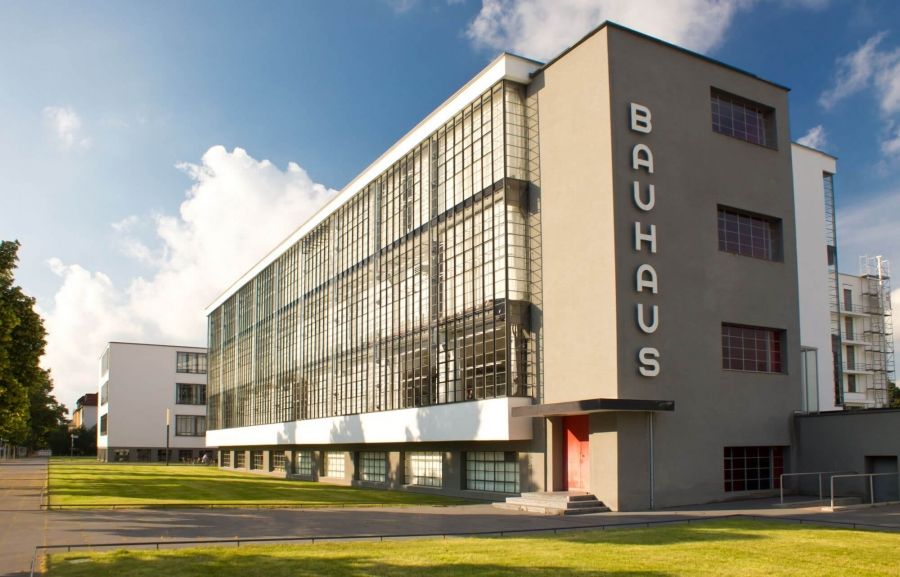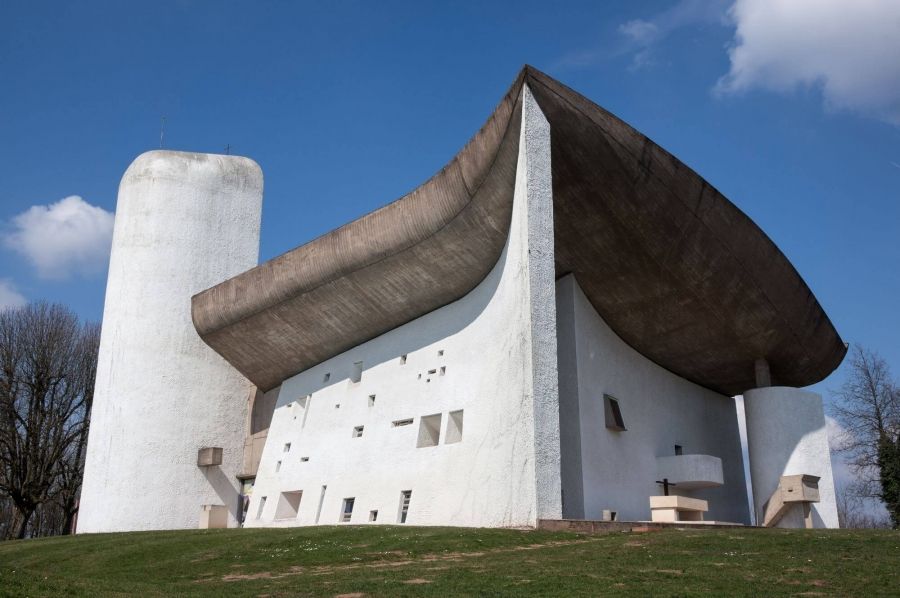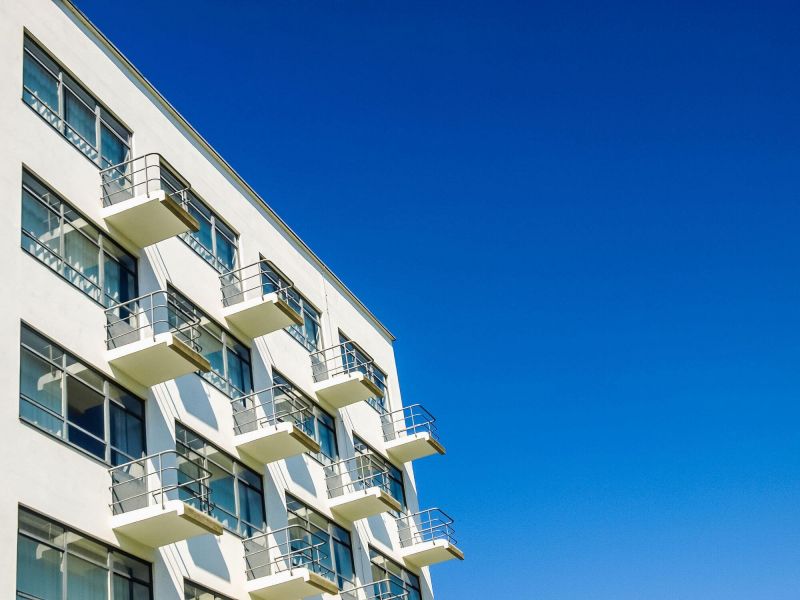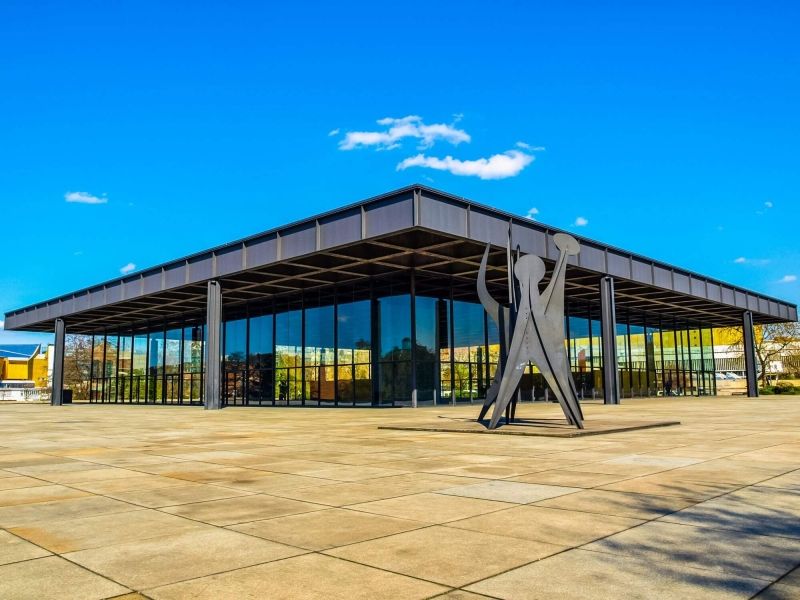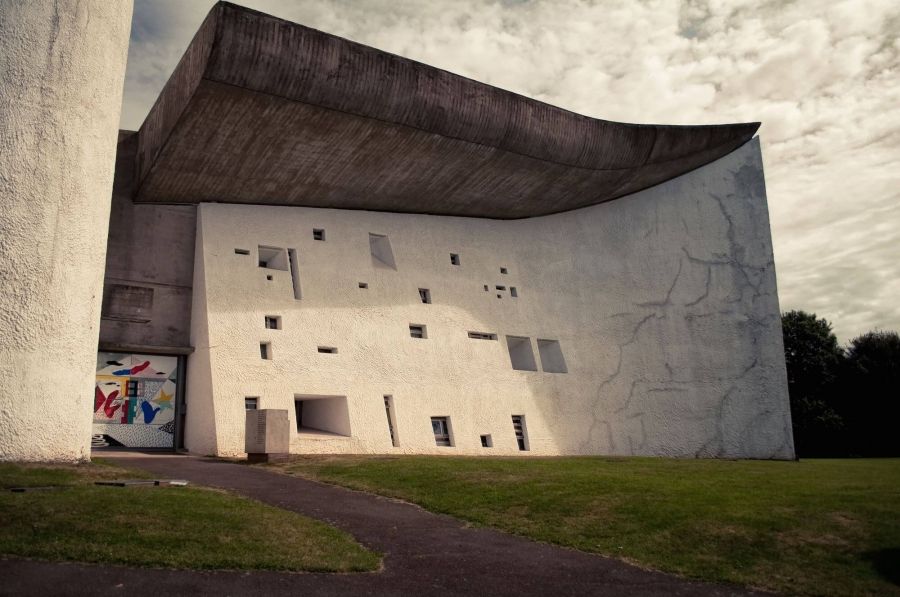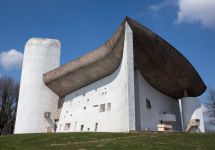A colour palette of modernist single-family houses
There is no reason why all modernist single-family houses should have only white facades. All the more that their facades were previously covered with various colours.
Although top modernists - Le Corbusier, Walter Gropius or Mies van der Rohe - are keen on purist white, contrary to common belief, modernism has not departed from colours. But - according to architects and historians - it is comprehended in a slightly different way. How? The facade colour scheme was to reflect the colour of facade colours (then it was limited to grey tones, light beige) or pastels - from beige to subdued green.
Colours vs. historical styles
Although modernism assumed a complete departure from historical styles, including reduced details, it did not concern the use of colours on exterior walls. Large, flat and uniform surfaces were covered eagerly with colours.
Why were natural colours so popular then? It was all about respecting the climate and character of the place, where a building or house was erected. Modernism was driven by the following principle - bot the body and its natural surroundings were supposed to form an integral and complementary whole. Secondly, it was a way to highlight particular sections of the building (taking into account shading and lighting effects) and emphasising the ascetic simplicity of the body.
These effects can be observed today - a minimalist form of buildings combined with the colour of the materials used is a timeless elegance.
Form, function and structure
Modernist architecture was based on a new creative approach. It assumed that "both form, function, and structure of a building were derived almost exclusively from the existing material conditions." It’s all about theory. In practice it meant an approach towards a cubic body and windows without internal divisions. But not only. The use of rough materials also mattered (mostly concrete and steel) as well as large glazed staircases and often the entire facade.
